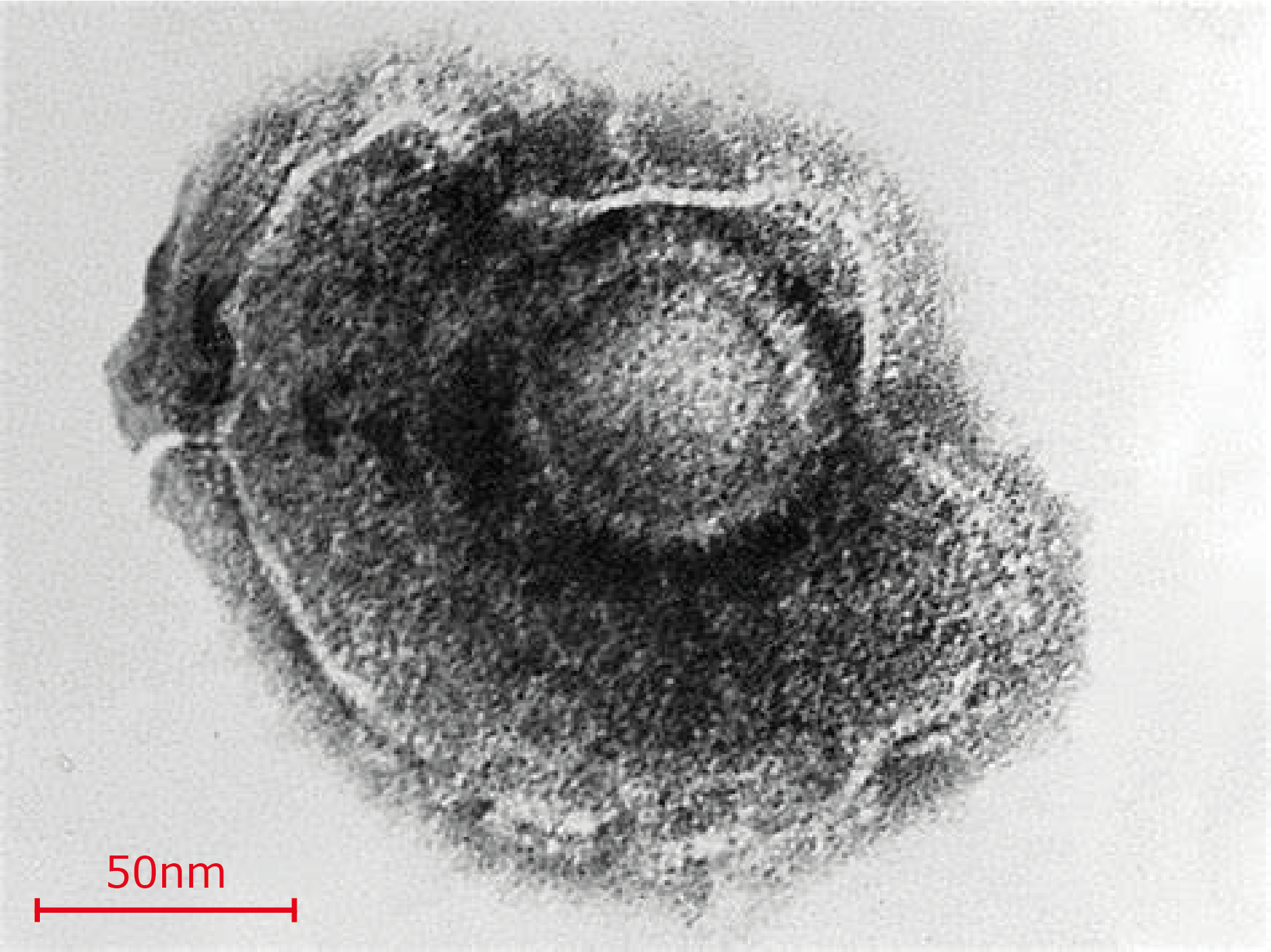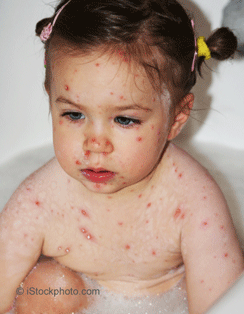This topic takes on average 55 minutes to read.
There are a number of interactive features in this resource:
 Biology
Biology
Chickenpox is a relatively mild viral disease which is very infectious. Anyone can get it but it is most common in children under the age of 10. Up to 90% of the UK population get chickenpox at some point before they are grown up. After chickenpox, the virus remains dormant in the nervous tissue and it can be reactivated in adults to cause shingles.
If a pregnant woman gets chickenpox it can cause serious problems for both her and her unborn child.
An itchy rash which then forms blisters which crust over and heal. It can also cause general tiredness, lethargy, aching etc.
Chickenpox is highly transmissible, with an infection rate of 90% in close contacts. The virus can be transmitted by skin contact with the blisters, saliva or mucus of an infected person. Moreover, it can also be transmitted through air by coughing or sneezing.
Chickenpox is viral and so is more difficult to treat than a bacterial or fungal infection. Painkillers and soothing lotions can reduce the symptoms and, in severe cases antiviral medicine such as acyclovir can be used to reduce the severity of the infection.

Electron micrograph of Varicella zoster virus, which causes chickenpox.

Chickenpox is unpleasant but not usually life threatening